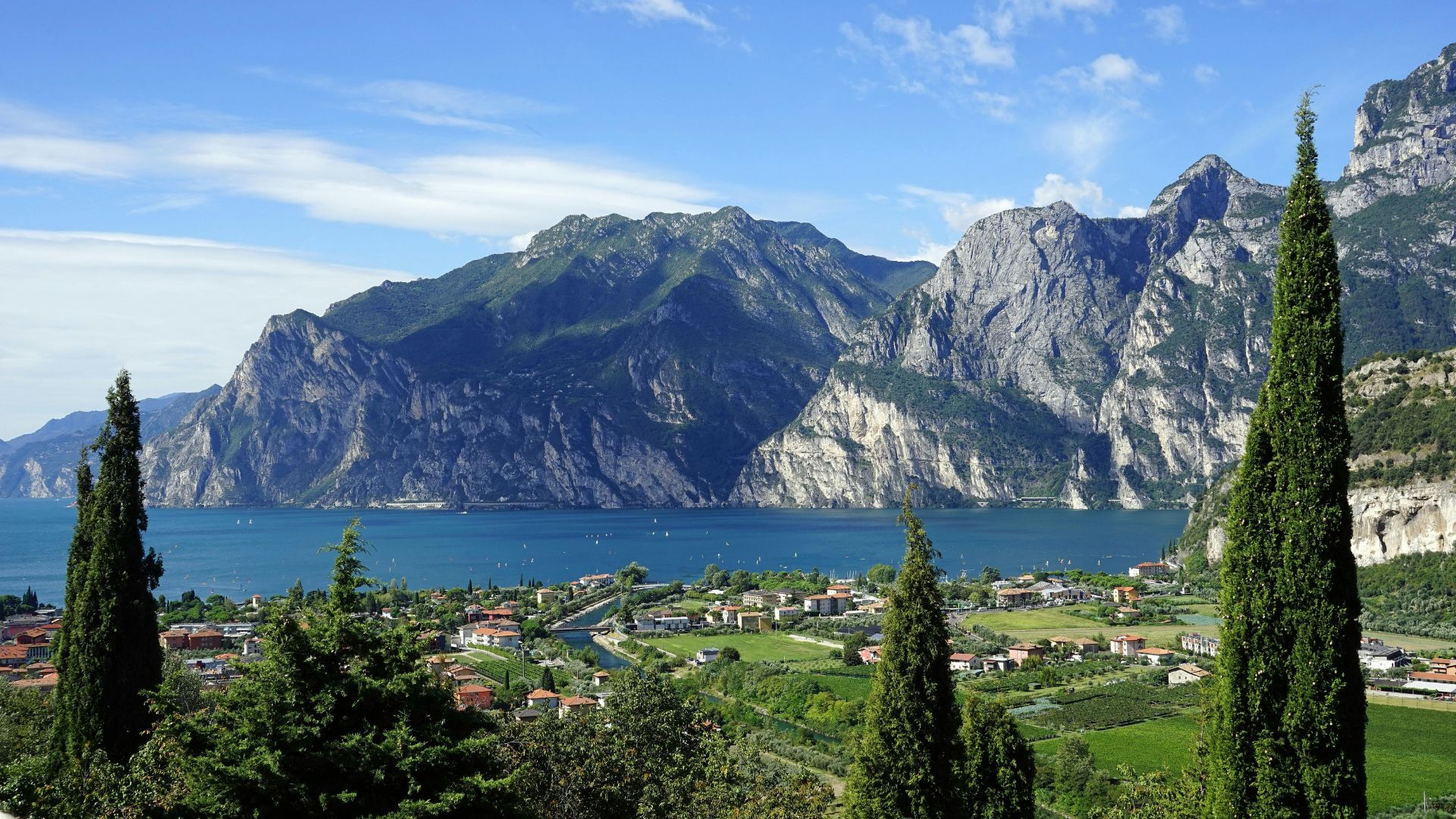Lake Garda feels like a secret Mediterranean oasis tucked away in the Alps. I discovered this gem on my first Italian adventure and was amazed by how palm trees and olive groves flourish alongside Alpine peaks. The unique microclimate of Lake Garda creates a Mediterranean atmosphere in Northern Italy. It has mild temperatures year-round and subtropical vegetation that you wouldn’t expect to find so close to the mountains.
When you visit Lake Garda, you’ll notice how the narrow valley traps heat while the lake’s water adds humidity. This creates perfect conditions for Mediterranean plants to thrive. I spent hours wandering through lemon groves and cypress trees that reminded me more of coastal Italy than a place sitting at the foot of the Alps. This special climate isn’t just beautiful—it’s what makes Lake Garda perfect for outdoor activities in almost any season.
The contrast between snow-capped mountains and olive trees is what makes Northern Lake Garda so magical. I love telling friends about this place where you can go skiing in the morning and enjoy a meal surrounded by palm trees in the afternoon. It’s this Mediterranean feel in an Alpine setting that draws visitors from across Europe, especially those from colder northern countries seeking a taste of sunshine without traveling to the coast.
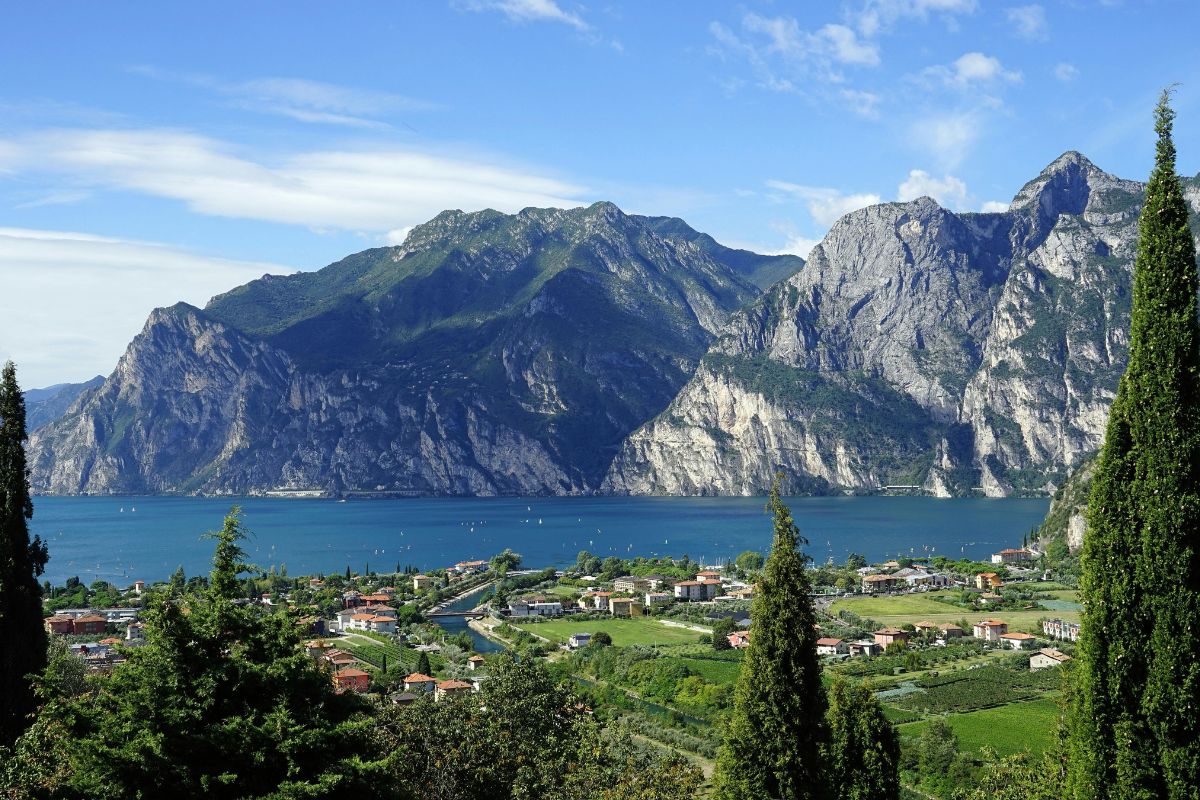
Exploring the Unique Climate of Northern Lake Garda
Lake Garda sits at a fascinating climatic crossroads where Alpine coolness meets Mediterranean warmth. This special microclimate creates surprising conditions that allow palm trees and olive groves to thrive at the foot of snow-capped mountains.
The Lure of Mediterranean Vegetation
I was amazed to discover that Lake Garda hosts the northernmost olive and lemon growing regions in all of Europe! Walking through the terraced groves near the northern shores, I felt transported to coastal Italy rather than being at the foot of the Alps.
The Mediterranean vegetation flourishes thanks to the lake’s ability to store summer heat and release it gradually during colder months. Palm trees, cypress, and oleanders line promenades where you might expect to see only Alpine flora.
Olive oil produced here has a distinctive mild flavor that locals proudly serve with fresh bread. I recommend visiting during harvest season to see the ancient olive presses in action.
The lemon groves are particularly spectacular, sheltered in limonaia (traditional lemon houses) that protect the citrus from occasional winter chills.
Influence of the Alps
The mountains surrounding Lake Garda play a crucial role in creating this unique climate pocket. They act as natural barriers, blocking cold northern winds while channeling warmer breezes from the south.
During my morning hikes above the lake, I noticed how quickly the vegetation changes with elevation. Mediterranean plants give way to Alpine species within just a few hundred meters of climbing.
This mountain influence creates fascinating daily wind patterns. The Ora wind blows north from midday, perfect for sailing and windsurfing adventures. Early risers can experience the gentler Pelér wind flowing southward.
The Alps also contribute to Lake Garda’s exceptionally clear air and dramatic temperature variations between day and night. These conditions are ideal for growing the region’s distinctive wines like Bardolino and Lugana.
The Blend of Cultures in Lake Garda Towns and Villages
The towns dotting Lake Garda’s shores showcase a fascinating cultural fusion where Alpine influences meet Mediterranean charm. Each settlement tells its own story through architecture, cuisine, and local traditions that have evolved over centuries.
The Charm of Riva Del Garda
When I visited Riva del Garda at the northern tip of the lake, I was immediately struck by its unique blend of Italian and Austrian influences. The medieval fortress, La Rocca, stands as a reminder of the town’s strategic importance throughout history.
Walking through the narrow cobblestone streets, you’ll notice the distinct architecture that combines Mediterranean elements with Alpine features. Colorful buildings with wooden balconies and shutters wouldn’t look out of place in Tyrol.
The town square, Piazza III Novembre, buzzes with activity. Locals and tourists mingle in cafés that serve both Italian espresso and Austrian-inspired pastries. This cultural blend extends to the local cuisine, where you can enjoy fresh lake fish prepared Italian-style alongside heartier Alpine dishes.
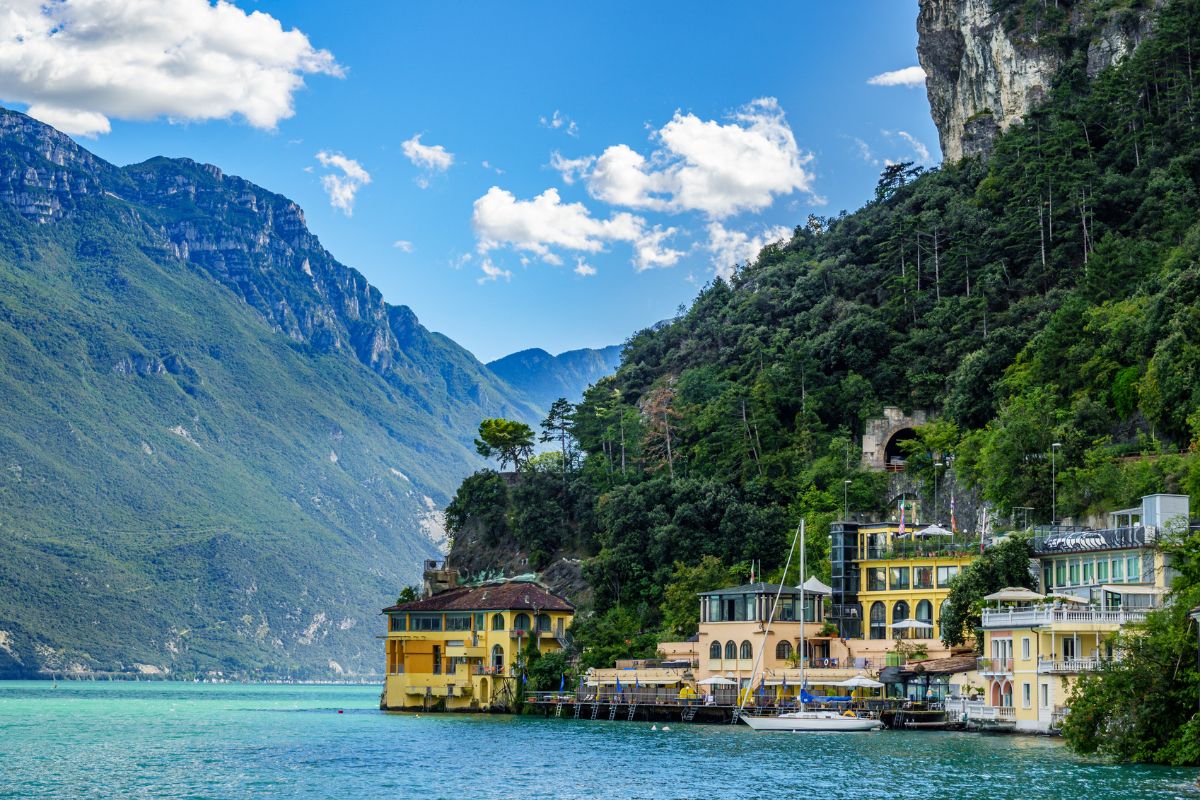
Sirmione: A Historical Hub
Sirmione, perched on a narrow peninsula at the southern end of Lake Garda, offers a different cultural experience. I found this town to be more distinctly Italian, with Roman ruins and medieval architecture creating a captivating historical landscape.
The imposing Scaliger Castle greets visitors at the entrance to the old town. Dating back to the 13th century, it’s a perfect example of medieval Italian fortification architecture.
Nearby, the Grotte di Catullo contains the largest Roman villa ruins in northern Italy. Walking among these ancient stones, I felt connected to the region’s deep Roman heritage.
The town’s thermal baths, known since Roman times, continue the tradition of wellness that has attracted visitors for centuries. The narrow streets are lined with gelaterias, boutiques, and restaurants that showcase purely Italian traditions and flavors.
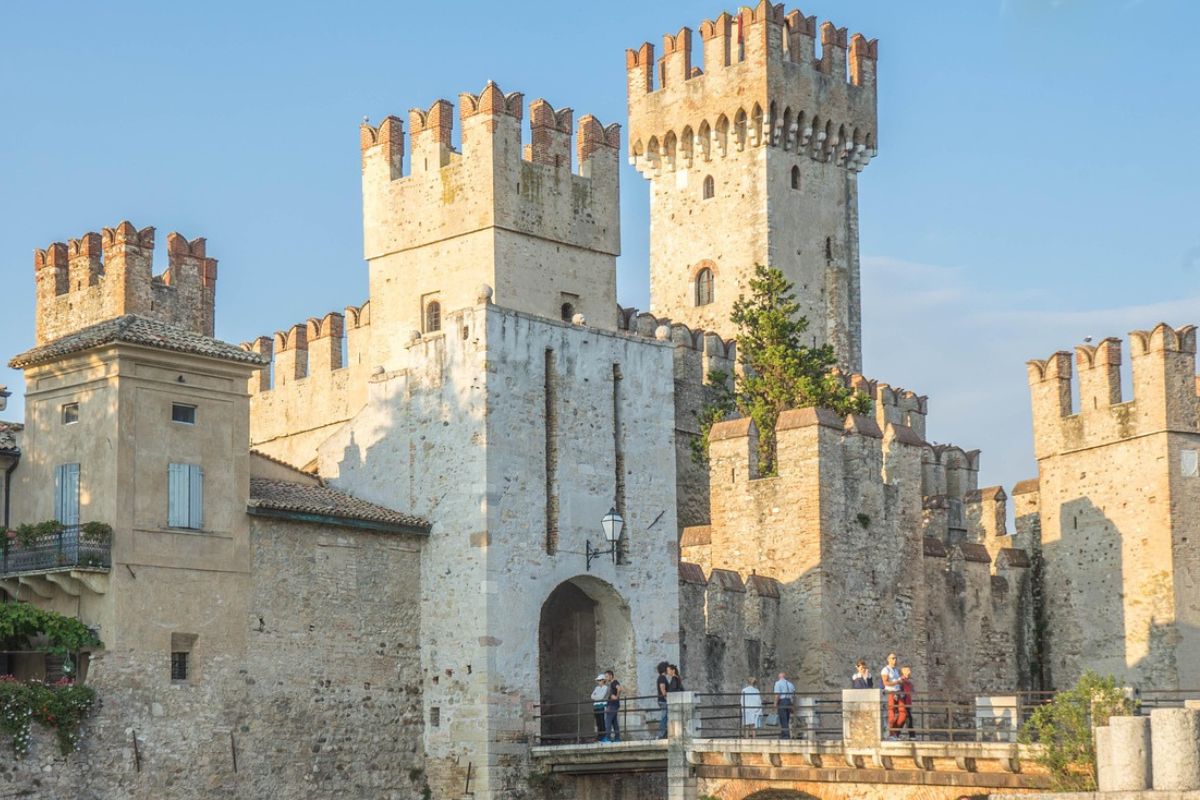
Limone and Olive Groves
My visit to Limone sul Garda revealed yet another cultural facet of this diverse region. This picturesque village on the northwestern shore is famous for its terraced lemon groves and olive production – Mediterranean traditions that have thrived in this unique microclimate.
The historic limonaia (lemon houses) that dot the hillsides tell the story of the village’s 17th-century lemon cultivation. These distinctive stone structures with tall pillars protected the citrus trees during the winter months.
I was fascinated to learn that residents of Limone have a genetic peculiarity that protects against heart disease. This scientific curiosity has brought researchers to this small community.
The village’s narrow, steep streets wind between colorful houses adorned with flowers. Local shops sell olive oil, limoncello, and citrus-based products that reflect the Mediterranean influences that have shaped local traditions and economy for centuries.
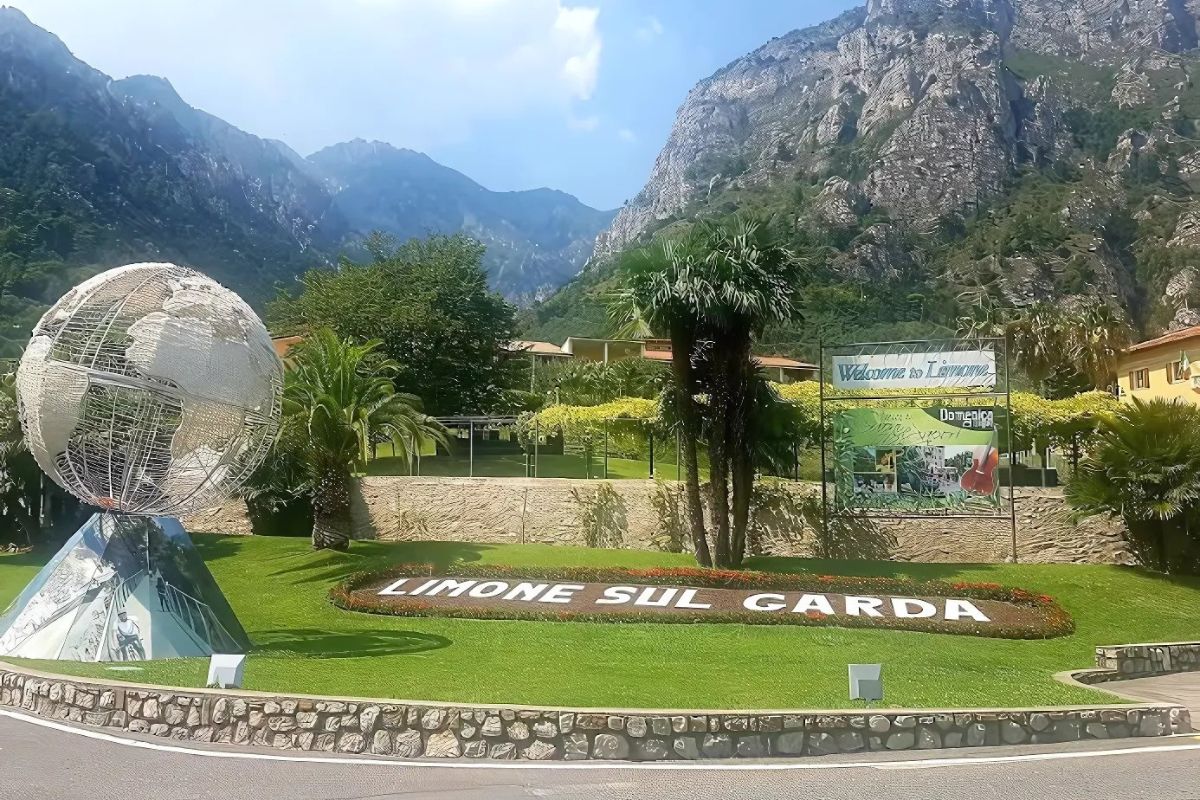
Culinary Journeys and Wine Tasting Experiences
Lake Garda’s unique microclimate doesn’t just create beautiful landscapes—it produces incredible food and wine that tell the story of this special region where Mediterranean influences meet Alpine traditions.
Local Dining Experiences
When I visit Lake Garda, I always make time for the incredible local cuisine. The lake’s special climate creates perfect conditions for producing delicious ingredients you won’t find anywhere else.
Fresh lake fish appears on most menus, often served with locally-produced olive oil that has a distinctive lightness and flavor. I’ve found that the northern shore restaurants particularly excel at fish preparations that highlight these natural flavors.
The region’s microclimate also nurtures citrus fruits, especially lemons, which feature prominently in dishes and drinks. Many restaurants offer panoramic lake views where you can enjoy these culinary delights.
For an authentic experience, I recommend seeking out small family-run trattorias that serve traditional dishes made from recipes passed down through generations. The combination of fresh local ingredients and stunning views creates dining memories that last long after your trip ends.
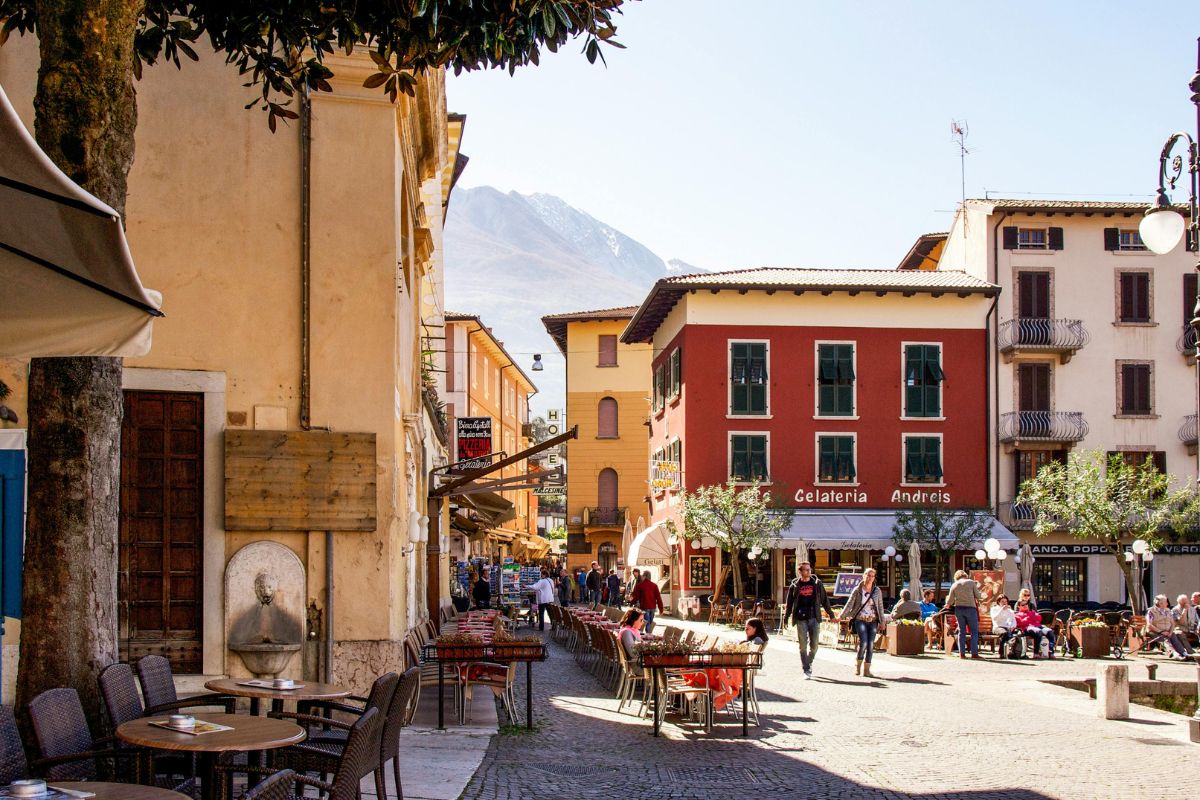
Discovering Lombardy and Veneto Vineyards
The vineyards surrounding Lake Garda offer some of Italy’s most distinctive wines thanks to the unique climate conditions created by the Alps and the lake.
I’ve explored many wineries in both Lombardy and Veneto regions, where volcanic and glacial soils produce wines with remarkable character. Bardolino, with its light, cherry-noted reds, comes from the eastern shores, while Lugana produces crisp whites perfect for pairing with lake fish.
Wine touring here feels different from other Italian regions. Many vineyards offer guided walks where owners explain their philosophy and production methods. My favorite experiences include small-production wineries where you can taste directly with the winemakers.
The Custoza wine route is particularly beautiful, winding through hillside vineyards with lake views. Most tastings include regional specialties like local cheeses that perfectly complement the wines, creating a complete taste of Lake Garda’s terroir.

Adventure and Activities Around the Lake
Lake Garda isn’t just about stunning views and Mediterranean vibes. The area offers an incredible array of outdoor activities that make it a paradise for adventure seekers of all kinds.
Gardaland: Thrills on the Water’s Edge
I spent a fantastic day at Gardaland, Italy’s premier amusement park situated right on Lake Garda’s shores. This massive theme park features over 40 rides ranging from gentle family attractions to heart-stopping roller coasters that had me screaming in delight.
The Blue Tornado roller coaster gives you amazing lake views right before dropping you into spiraling loops. For cooling off, I loved Jungle Rapids and the Caribbean-themed water rides.
What makes Gardaland special is its unique lakeside setting. You can enjoy thrilling rides with the Alps as your backdrop, then walk just minutes to relax by the water. The park is open from March through November, with summer bringing longer hours and spectacular evening shows.

Climbing and Hiking in the Dolomites
Just north of Lake Garda, I discovered some of Europe’s most incredible climbing opportunities in the Dolomite mountains. These limestone formations create perfect conditions for rock climbing with routes for all skill levels.
The area around Arco has become famous among climbers worldwide. I tried a beginner route with a local guide who pointed out how the Mediterranean climate allows for climbing nearly year-round—quite unusual for Alpine regions.
For hikers like me, the trails connecting small mountain villages offer breathtaking views of both the lake and mountains. Monte Baldo, accessible by cable car from Malcesine, provides panoramic vistas that reveal the lake’s full beauty.
The combination of Mediterranean weather at lower elevations and Alpine conditions above creates a unique environment where I could hike through olive groves in the morning and alpine meadows by afternoon.
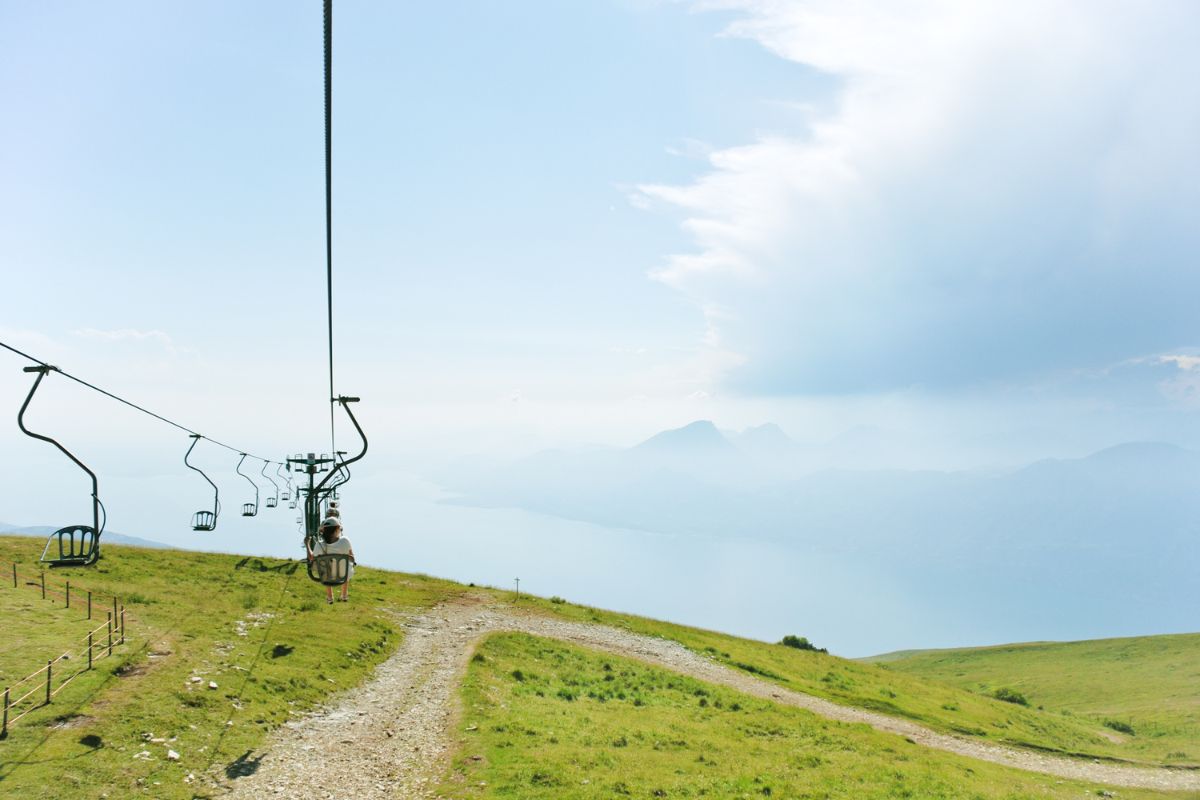
Planning Your Visit to Northern Lake Garda
Northern Lake Garda offers unique accommodation options and pioneering eco-friendly initiatives that enhance your Alpine-Mediterranean experience. When planning your trip, consider both where you’ll stay and how to minimize your environmental impact.
Choosing the Right Accommodations
I’ve discovered that northern Lake Garda provides a fascinating range of places to stay that complement its unique climate. Boutique hotels in Riva del Garda offer stunning mountain views while providing easy access to water activities.
For a more authentic experience, I recommend family-run agriturismi (farm stays) where you can enjoy locally produced olive oil and wine. These places often feature architecture that maximizes the Mediterranean feel with open terraces and gardens.
Budget travelers should look into camping options along the shore. Many sites offer excellent facilities with the perfect blend of Alpine scenery and Mediterranean climate.
Book well in advance if visiting between June and September, as this microclimate makes it an extremely popular destination year-round.
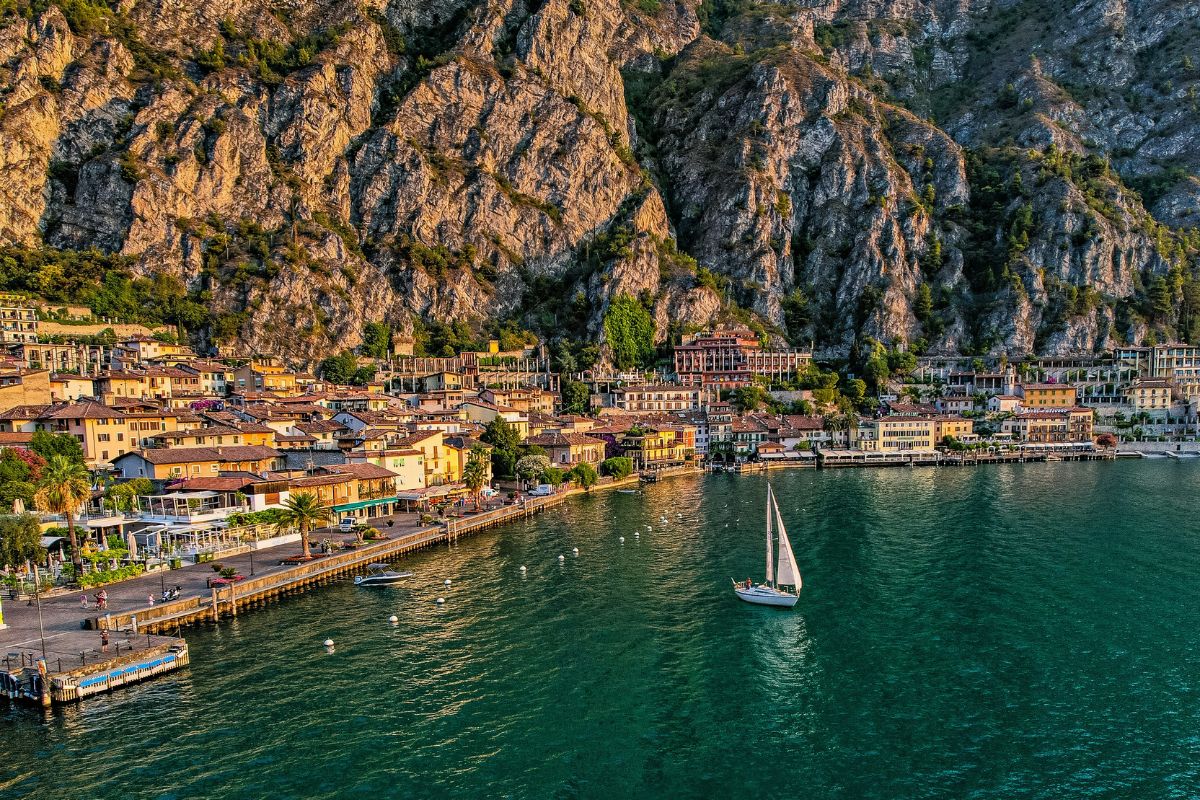
Sustainable Tourism Initiatives
Northern Lake Garda has impressed me with its commitment to protecting its unique ecosystem through various green initiatives.
Many hotels now use solar power. They take advantage of the abundant Mediterranean sunshine that bathes the region.
I’ve noticed a growing network of electric boat rentals and charging stations around the lake. They offer eco-friendly alternatives for exploring the shoreline. These silent vessels provide a peaceful way to appreciate the stunning scenery.
Local farmers’ markets in towns like Malcesine and Torbole connect visitors directly with producers. This reduces food miles and supports the local economy. I love purchasing seasonal fruits that thrive in this special climate.
The area also features well-maintained hiking and biking paths. These paths encourage car-free exploration of the region’s natural beauty. They make it easy to reduce your carbon footprint while enjoying the Mediterranean atmosphere at the foot of the Alps.

